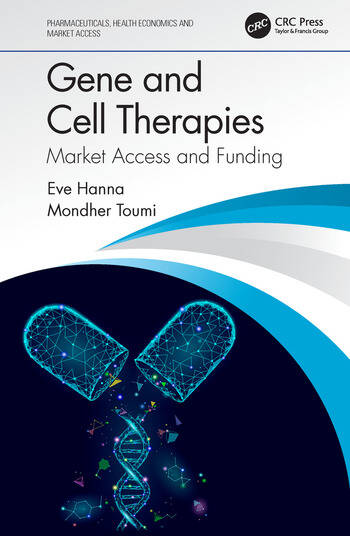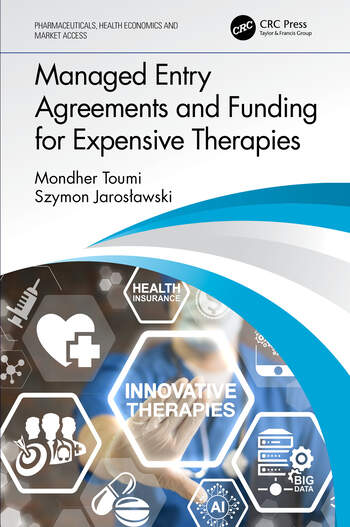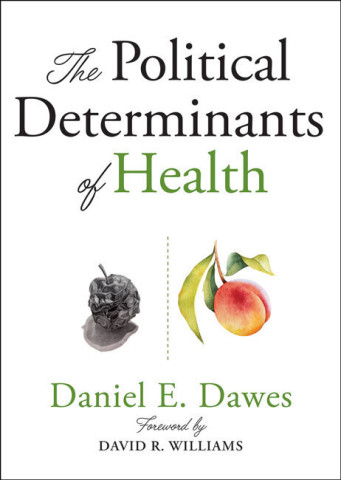Build a think tank. A guide for policy entrepreneurs
Using this guide 8
The reasons for creating this companion guide 8
Using this companion guide 8
Introduction 11
The importance of supporting new think tank development 11
Unravelling the definition of think tanks 13
What’s in the name? 13
Defining think tanks 14
Think tank functions 15
Summing up 16
The Why? questions 18
Why do you want to set up a think tank? 18
Why do think tanks aim to influence policy? 23
Are you sure you want to establish a think tank? 25
The What? questions 26
What will your think tank do? 26
What is the context? 27
What do you want to achieve by setting up a think tank? 33
What issues will the think tank focus on? 37
What will the think tank want to influence? 38
What will its business model be? 40
The Who? questions 46
Who will govern it? (And how?) 46
Who will lead the think tank? 51
Who will engage with it? 56
Who will work for it? 60
Who will fund it? 65
Who will support it? 71
The How? questions 72
How will it carry out research? 72
How will it be managed? 79
How will it communicate? 82
How will it monitor its progress? 88
How will you ensure its credibility? 92
How will it adapt to change? 95
How will it engage with evolving technology? 99
The ‘When’? questions 101
When to start? 101
When to let go? 106
Checklist: Establishing a think tank 108
References and resources 110
On the definition and functions of think tanks 110
Boards and governance 111
Creating and managing think tanks 111
Policy impact 111
Communications 112
Funding and financial management 112
Context 113
Evidence-informed policy 113
List of Boxes, Figures and Tables 114














